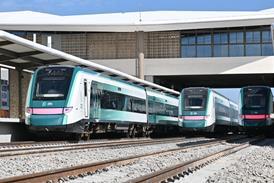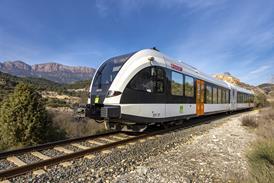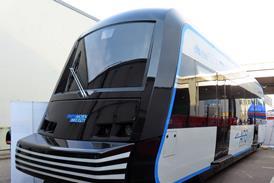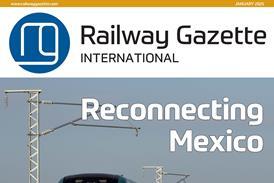BYLINE: Stephen Marich, PhD
Marich Consulting Services*
CONSIDERABLE advances have been made in wheel-rail contact technologies over the last 20 years. Detailed research has led to a much deeper understanding of wheel-rail contact phenomena, paving the way for operational, safety and economic improvements.
Rail and wheel lives are longer, operating speeds and axleloads are higher, track components deteriorate less and the risk of wheel and rail failures is much reduced. Remarkably, Australia’s heavy haul railways have more than doubled the wheel and rail lives achieved in the 1980s and 1990s, at the same time pushing up nominal axleloads from 30 to 40 tonnes. Rail lives in excess of 1 gigatonne of traffic and wheel lives in excess of 2 million km are becoming increasingly common.
None of this would have been possible without the valuable work carried out across the spectrum of wheel-rail technologies that embrace wear and lubrication, rail corrugations, rolling contact fatigue and thermal/mechanical defects, control of wheel-rail interaction by fine-tuning wheel and rail profiles, rail grinding, friction management and rail and wheel materials. The Australian railway industry has successfully implemented these technologies, often combining knowledge in different fields to achieve outstanding results.
To take one example, major advances have occurred in the last six years with friction modification at the interface of the rail running surface and the wheel tread. Application of friction modifiers can reduce rolling noise, attenuate wheel squeal noise associated with certain types of wheelset or bogie, and lower the lateral forces exerted by the wheelsets on high and low rails in sharp curves.
In the field of rail materials, progress has included the development of three types of heat-treated rail. Head-hardened rail is treated to a depth of about 30mm from the running surface, deep head-hardened rail has a treated zone more than 45mm deep, and with fully heat-treated rail the whole section is hardened. Field performance of all three types is similar, with the fully-treated section exhibiting a more balanced stress distribution.
In the last five to 10 years, two more rail steel types have been developed: hyper-eutectoid steel and lower carbon, bainitic/martensitic steel. Both exhibit higher strength, hardness and ductility than heat-treated rails, but neither has yet been introduced in large quantities.
In several areas practical and realistic implementation of the new technologies must await further development, and it will be important to review and consolidate knowledge gained to date to avoid or at least minimise duplicate activity.
One area of special interest is the design of rail and wheel profiles, where ’smarter’ designs are expected to provide a better balance between wear, fatigue and deformation. In this context, the technical and economic consequences associated with deviations from preferred profiles will need better definition.
This illustrates the fundamental point that greater emphasis will in future need to be placed on overall rail and wheel management procedures and strategies. In this way decisions can be taken on the most cost-effective combinations of the technologies.
The process must be matched by appropriate training of railway engineers and support staff whose functions include day-to-day decisions as well as maintenance and assessment of the equipment and materials. Operators, track owners and suppliers will need to support the engineers with knowledge and patience, providing guidelines and long-term plans for future research and development.
* This article is based on the Keynote Address to the 7th International Conference on Contact Mechanics & Wear of Rail-Wheel Systems to be given on September 24. Stephen Marich is a Fellow of the Institution of Engineers Australia.




















